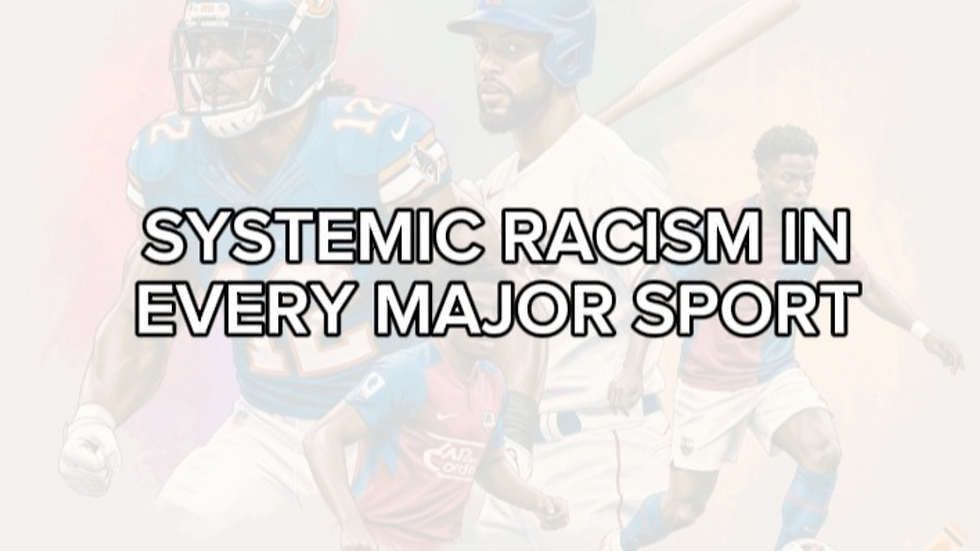Systemic Racism in Labor Unions
- whytheracecardisplayed

- Aug 27, 2023
- 3 min read
Updated: Aug 3, 2024
Labor Union: An organized association of workers, often in a trade or profession, formed to protect and further their rights and interests.
Unions help reduce wage gaps for women workers and workers of color. Union members have better job safety protections and better paid leave than non-union workers and are more secure exercising their rights in the workplace. Source
Unions result in better wages, benefits (healthcare) working conditions for workers, Stable scheduling, apprenticeship programs, economic protections, as well as collective bargaining for its members.
Among major race and ethnicity groups, Black workers continued to have a higher union membership rate in 2022 (11.6 percent) than White workers (10.0 percent), Asian workers (8.3 percent), and Hispanic workers (8.8 percent). Source
Unfortunately, that's where the Racial Prosperity ends.
Despite unions being a powerful force for increasing wages among the working class, racism within the labor movement has at times served to perpetuate rather than reduce racial inequality. Source
African Americans have always been more vulnerable in the labor market. They regularly experience higher unemployment rates and work in worse jobs, which feature lower pay and fewer benefits, than whites. Moreover, they tend to work in jobs that are less stable than those held by white workers. Source
The union advantage is greater for Black, Latino, women, immigrant, LGBTQ and other workers who have experienced workplace discrimination. Black, Latino and women workers are paid 13.7%, 20.1% and 5.8% more, respectively, when they belong to a union. Source
In Silicon Valley, for instance, much of their of color workforce is employed in minimum wage or contractor positions. Source
Despite an improved labor market, Black Americans still can’t obtain well-paying, stable jobs with quality benefits. Source
Compared with white men, people of color are significantly less likely to receive raises when they ask supervisors for more money. The reason may boil down to bias, although it's unclear whether it's due to overt or unconscious bias, said PayScale Vice President Lydia Frank. Source
Employer-sponsored health insurance:
American Bar Association, there are racial and ethnic disparities in employer-sponsored health coverage. Black Americans are 10% less likely to hold employer-sponsored health coverage than their white counterparts, even though many Black Americans work in firms that employ 500 or more workers, which hold significant negotiating power with insurance companies. Source
Another report by the Federal Reserve Bank of Boston states that black male workers are about six percentage points less likely than white male workers to have employer-provided health insurance, while black female workers are about six percentage points more likely than white female workers to do so. Source
Exposure to schedule instability is 16% higher among non-white workers compared with white workers. This gap is largest, though, for women of color, at 18% (vs. 12% among men), and the gap between white and Latinx workers, at 17%, is somewhat larger than the gap between white and Black workers (14%). Source
Public-sector vs. private-sector racial wage gaps and the role of unions:
Based on empirical analysis of wages among public- and private-sector employees, black workers in the public sector face smaller unexplained wage gaps than their counterparts in the private sector—6.9% versus 16.9%, respectively. Source
Based on U.S. Department of Labor statistics from 1999-2018, the CBUC report finds apprenticeship programs of 62 Illinois trade unions remain mostly white — five of them completely segregated; 15 with less than 20% persons of color; and 13 with 20 to 30% persons of color. Source
White men have taken extraordinary measures to keep construction unions white and have designed their unions to frustrate and intimidate prospective Black members. Source
Read also: The Systemic Racism of the Teachers’ Unions, Labor unions have a complicated history of both racism and racial solidarity, Affirmative Action in American Labor Unions, Organized Labor and Racial Wage Inequality in the United States, Theatrical unions accept their share of responsibility for the systemic bias faced by their members of color,

.png)










Comments